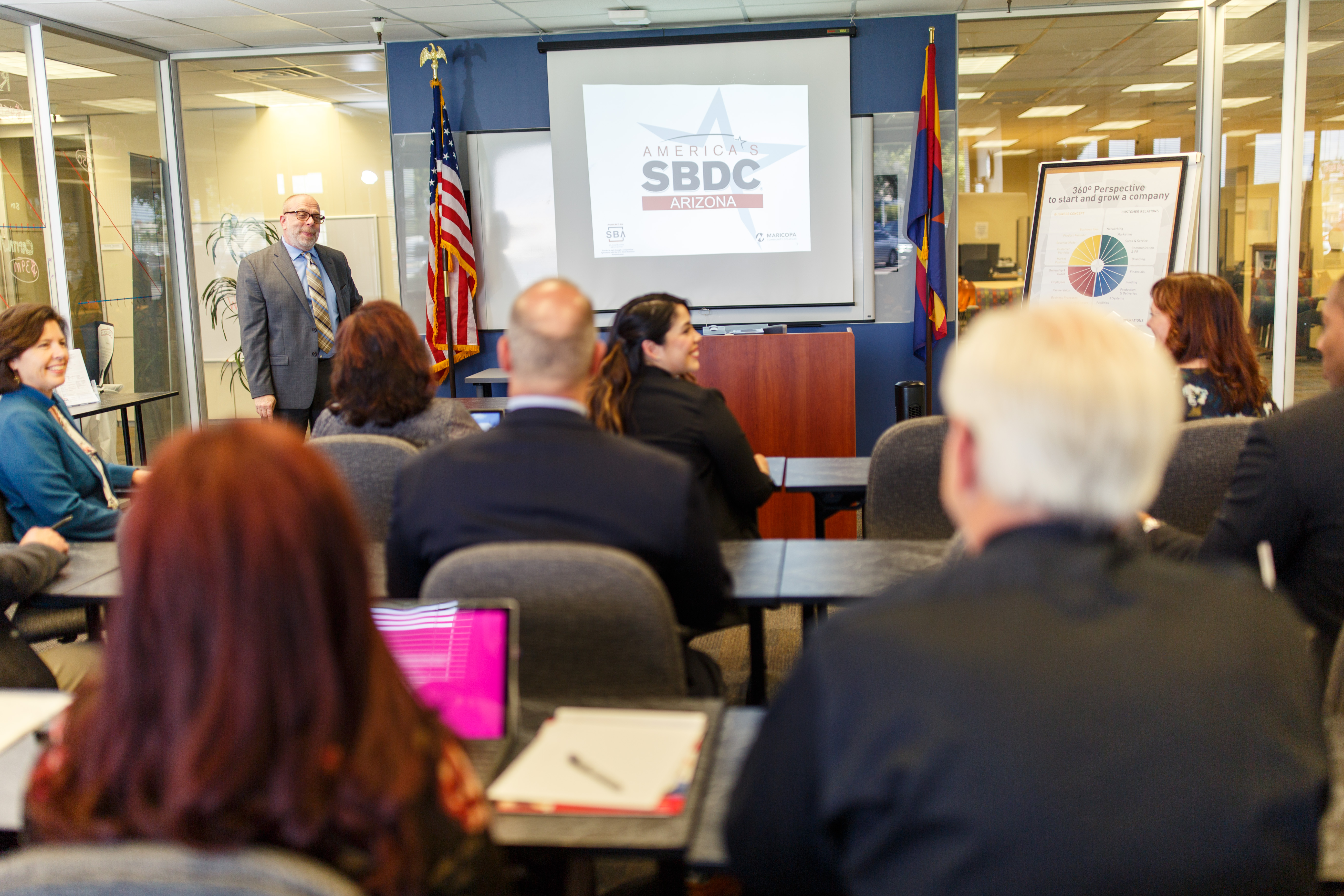SBIR Phase 1 solicitation from various Federal agencies does a terrific job of summarizing what you want to convey in your Phase 1 proposal and accomplish in the subsequent project. The purpose of Phase I is “to determine the technical feasibility of the research, preliminary commercialization potential of the proposed effort, and the quality of the awardee’s performance.” Let’s look at each of these important goals of your Phase 1, which are relevant to all SBIR/STTR agencies.
Hopefully you are well aware that the main goal of a Phase 1 project is to determine the feasibility of an innovative approach to solving an important problem. It is expected in a Phase 1 SBIR or STTR project that your innovation is unproven, whether that be in terms of its basic functionality or its adaptability to the specific problem and surrounding environment. SBIR/STTR Phase 1 is not for funding sure bets or proven concepts, but to give you a little bit of money to prove your technically risky idea works and solves the problem to which you are applying it.
A second important goal of the Phase 1 project is to further your understanding of the commercialization potential of your innovation. During the Phase 1 project, you need to do additional commercialization research, because you should have done a significant amount of work before you wrote the Phase 1 proposal. More and more the agencies are expecting you to have a logical and viable commercialization plan sketched out by the time you are writing and submitting the Phase 1 proposal.
The third important goal of Phase 1 is showing the SBIR/STTR awarding agency that you are “good people.” If you are a newcomer or novice to SBIR/STTR, then the agency likely does not know you beyond what you have included in your Phase 1 proposal. If you do a good job of presenting yourself and your capabilities in that proposal, then the agency may entrust you with a modest Phase 1 award of $100,000 to $150,000.
So you need to keep all three of these goals in mind as you are conducting your Phase 1 project. They all should influence what you do and how you go about it.
Your proposal must demonstrate that you understand this to be a feasibility study (and what you have to do to prove your innovation’s feasibility), that you have already done some significant research on the commercialization potential, and that you are careful, conscientious, honest, and deliberate in what you are proposing to do and how you will do it.
Updated 01/18/17




